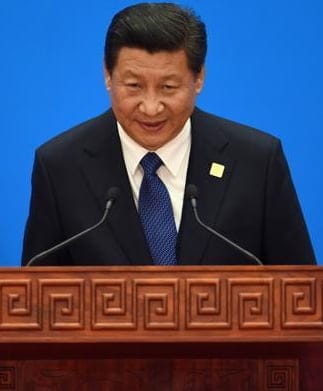China pledges $40 billion for Silk Road plan
On 8th November 2014, Chinese President Xi Jinping committed $40 billion to give a push for reviving the ancient Silk Road of China and break the connectivity bottleneck in Asia. This sum was announced at a summit attended by leaders of neighboring countries of Bangladesh, Cambodia, Laos, Mongolia, Myanmar, Pakistan and Tajikistan.
The summit was hosted by China in order to strengthen its connectivity and improve cooperation neighbouring country and firming up support for its mega 21st Century Silk Road Economic Belt and the Asian Infrastructure Investment Bank (AIIB).
Key facts:
- Silk Road Fund will be open and welcome investors from Asia and beyond to actively take part in the project.
- The neighbouring countries must strengthen connectivity and boost cooperation.
- China’s plans to build the 21st Century Silk Road Economic Belt and the Maritime Silk Road besides Beijing’s push for creation of the AIIB.
- Representatives of the UN Economic and Social Commission for Asia and the Pacific and the Shanghai Cooperation Organisation also took part in the event.
The summit was organised ahead of the 10th November 2014 meeting of Asia Pacific Economic Cooperation (APEC) leaders.
Chinese President had invited Prime Minister Narendra Modi to attend the summit during their first meeting in Brazil. However, Indian PM could not make it to the summit due to his commitments to attend next week’s East Asia Summit in Myanmar followed by G-20 leaders meeting in Australia.
About Silk Road
The idea of re-establishment of maritime Silk Road was proposed by Chinese President Xi Jinping in 2013. The main aim is China is to gain easier access to global markets. The plan incorporates both a land route and a sea route. The land-based Silk Road is expected to start at Xi’an, the capital of Shaanxi province, located in northwest China, eventually heading southwest across Central Asia, the Middle East and Europe. The Maritime Silk Road is planned to start near Guangdong on the South China Sea and move to the Malacca Strait and the Indian Ocean. From there it will traverse the Horn of Africa, heading into the Red Sea and Mediterranean. The project shows China’s newfound desire to invest in projects outside of mainland China.
Month: Current Affairs - November, 2014


